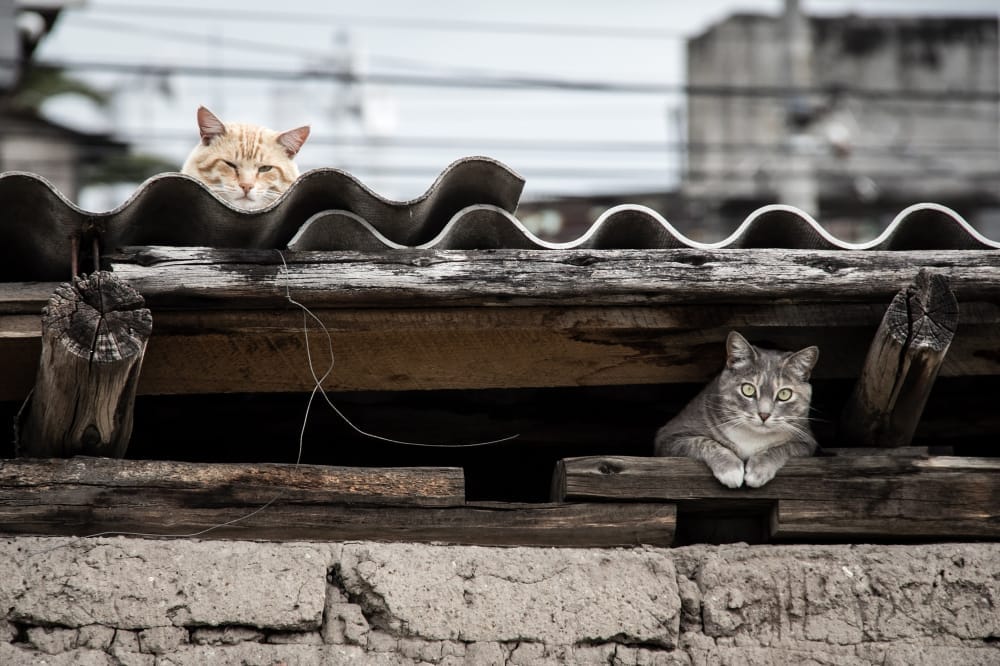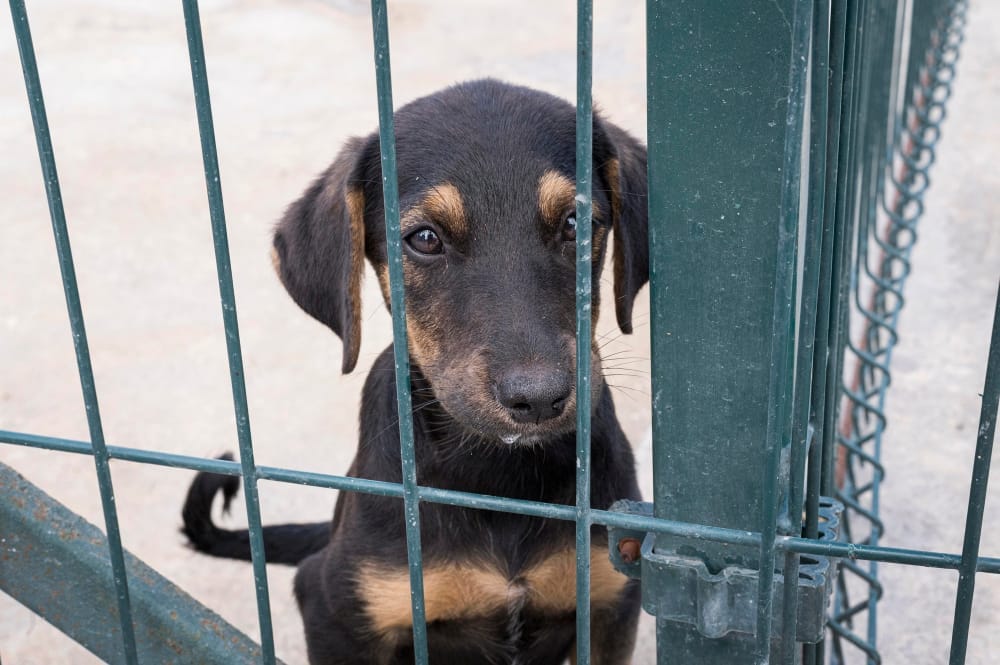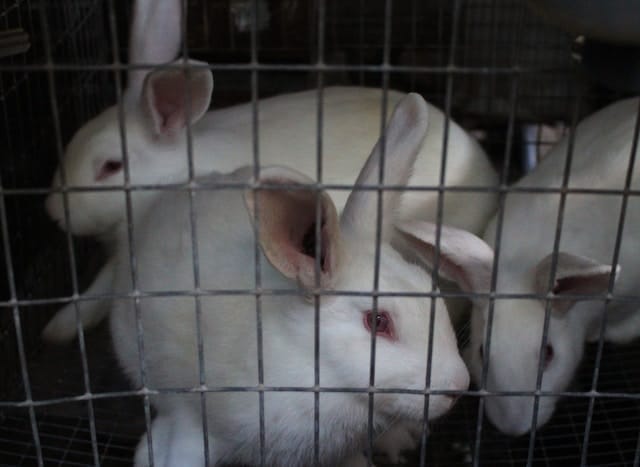
Animal hoarding is a severe mental health disorder that affects both people and animals' well-being. Hoarding is a compulsive behavior that involves accumulating vast amounts of animals that one cannot adequately manage. Animals suffer neglect and harm from a lack of food, water, and medical care. Identifying and understanding the symptoms of animal hoarding is critical in finding solutions that safeguard the animals and public safety. This post explores animal hoarding and the symptoms to watch out for.

Animal hoarders rarely see the severe harm their behaviors cause to animals and society. They deny and justify the actions that are harming the animals. They may also perceive themselves as rescuing the animals. An animal hoarder is characterized by an intense need for control and security. The need for control leads them to be selfish, unprincipled, and inconsiderate of others' welfare. They have a high tolerance for filth and squalor associated with animal hoarding. The conditions in their home may pose a severe risk to public health.
A hoarded property is usually in a state of disarray and cluttered with excessive amounts of items, including animals. The animals may be cramped in small spaces, living among piles of trash, feces, and debris. The smell of ammonia from urine can be overwhelming and hazardous to both human and animal health. In extreme cases, there may be dead animals on the property, and the hoarder may not even realize it or acknowledge it. The chaos and overwhelming environment of a hoarded property can have severe psychological effects on both the animals and the hoarder.
The lack of food, water, and proper sanitation leads to diseases, parasites, and malnutrition. Behavioral problems are also a common occurrence, including aggression and a lack of socialization. Animals that survive permeate pet shelters, adding to the burden on animal welfare organizations that are already struggling to cope. Animal hoarders often hoard different types of animals, such as birds, cats, dogs, reptiles, and rodents.

The conditions in an animal hoarder's home often have severe implications for public health. The unsanitary conditions create breeding grounds for diseases that can easily spread to other animals and humans. Animal hoarders are prone to acquiring zoonotic diseases like Salmonella, Q fever, Leptospirosis, and Hantavirus.
Children, elderly people, and people with compromised immune systems are at a higher risk of contracting illnesses from animal hoarding situations. Animal hoarding affects not only the animals involved but also the community.
Animal hoarding is a serious issue, and intervention is necessary to ensure the safety of animals and public health. In most cases, animal hoarders need psychological support to overcome the compulsive behavior that leads them to hoard animals. Social services, animal welfare organizations, and law enforcement agents need to work together to provide animal hoarders with the support they need to change their lives.

Understanding the signs of animal hoarding is critical in finding solutions that preserve animals' welfare and public health. If you are dealing with an animal hoarding situation, it is essential to seek professional help to ensure all victims' safety. Bio-One of Pittsburgh works hand in hand with animal welfare and law enforcement agencies to guarantee that both the animals and individuals receive the proper care they need.